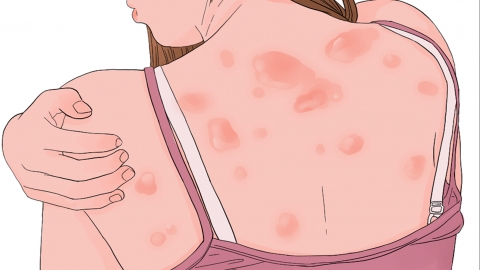How is measles transmitted?
Generally, measles is an acute infectious disease caused by the measles virus. Its transmission routes may include respiratory droplet transmission, close contact transmission, mother-to-child transmission, aerosol transmission, and iatrogenic transmission. The specific analysis is as follows:

1. Respiratory Droplet Transmission
This is the primary route of measles virus transmission. When patients cough or sneeze, they expel droplets containing the measles virus. These droplets remain suspended in the air and can be inhaled by others nearby, leading to infection. The risk of airborne droplet transmission is particularly higher in crowded and poorly ventilated environments.
2. Close Contact Transmission
Direct contact with a measles patient, such as shaking hands or hugging, can also lead to the spread of the measles virus. After touching the patient's clothing, bedding, toys, or other items, if one does not wash their hands promptly and then touches their mouth or nose, they may also become infected.
3. Mother-to-Child Transmission
If a pregnant woman becomes infected with the measles virus during pregnancy, the virus can be transmitted to the fetus through the placenta, causing fetal infection. This mode of transmission poses significant risks to the fetus, potentially leading to severe consequences such as premature birth, miscarriage, or fetal malformations.
4. Aerosol Transmission
In enclosed, poorly ventilated environments, the measles virus can form aerosols that remain suspended in the air for extended periods. Even after the patient has left, susceptible individuals entering the environment may still inhale the virus and become infected. Particular caution is needed in crowded places.
5. Iatrogenic Transmission
Healthcare workers treating measles patients may come into contact with patients' secretions or contaminated medical equipment if proper protective measures, such as wearing masks and gloves, are not taken. This can lead to the transmission of the virus to other patients or healthcare personnel. Appropriate protective measures can significantly reduce this risk.
Measles is highly contagious, and the general population is universally susceptible. Measles vaccination is a relatively effective preventive measure. Additionally, prompt isolation of identified cases, avoiding crowded places, and maintaining indoor ventilation can effectively interrupt the transmission chain.






